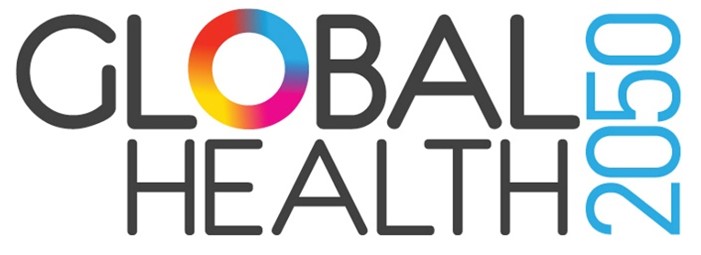CIH 2.0: Alma-Ata at 40
In 2013, the Lancet Commission on Investing in Health (CIH) published its first report (CIH 1.0), called “Global health 2035: a world converging within a generation.” The report concluded that a grand convergence in health—a reduction in infectious, child, and maternal mortality to rates seen in the best-performing middle-income countries—is technically and financially feasible for all but the poorest countries by 2035. Mortality from non-communicable diseases could be reduced through inexpensive population-based and clinical interventions, especially fiscal policies such as heavy tobacco taxation. Pro-poor pathways to universal health coverage (UHC), such as publicly financed insurance, would provide financial protection and essential health-care interventions to everyone—ensuring high-quality, low-cost services at the point of care. And the returns on investing in health, based on methods that include both the benefits of improved economic productivity and the intrinsic value of health, would far exceed the costs.
The 40th anniversary of the Alma-Ata Declaration gave the Commission an opportunity to assess progress towards grand convergence, and to reflect on the future of primary health care in the context of the modern UHC movement. We also reflected on the future of official development assistance for health and its role in achieving grand convergence and the health-related Sustainable Development Goals. The second CIH report (CIH 2.0), called “Alma-Ata at 40: reflections from the Lancet Commission on Investing in Health,” was published in the Lancet in 2018.
